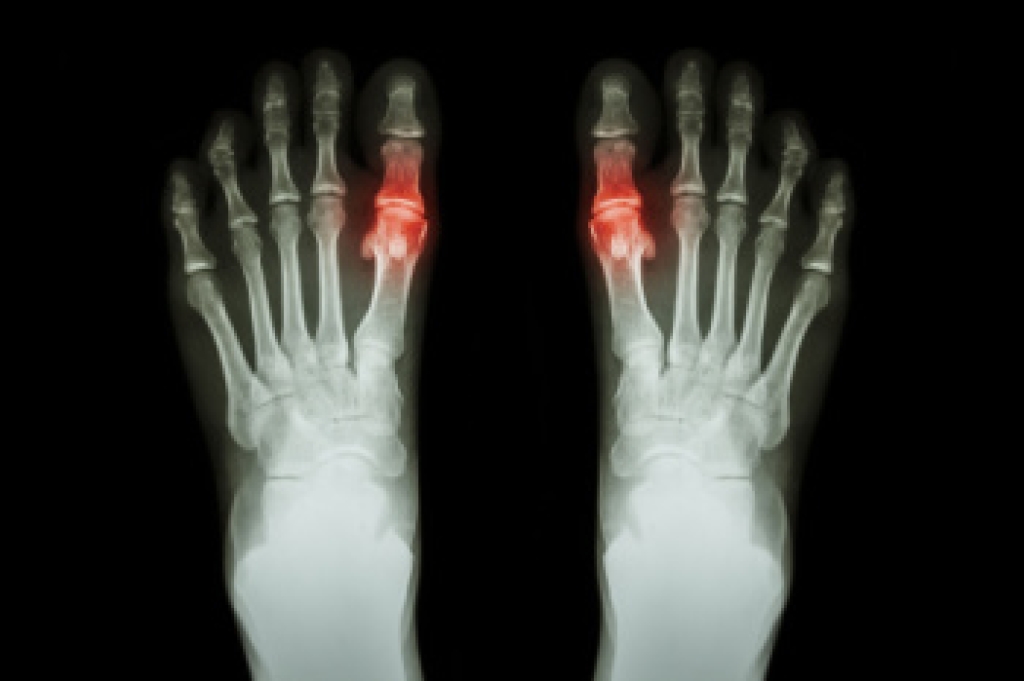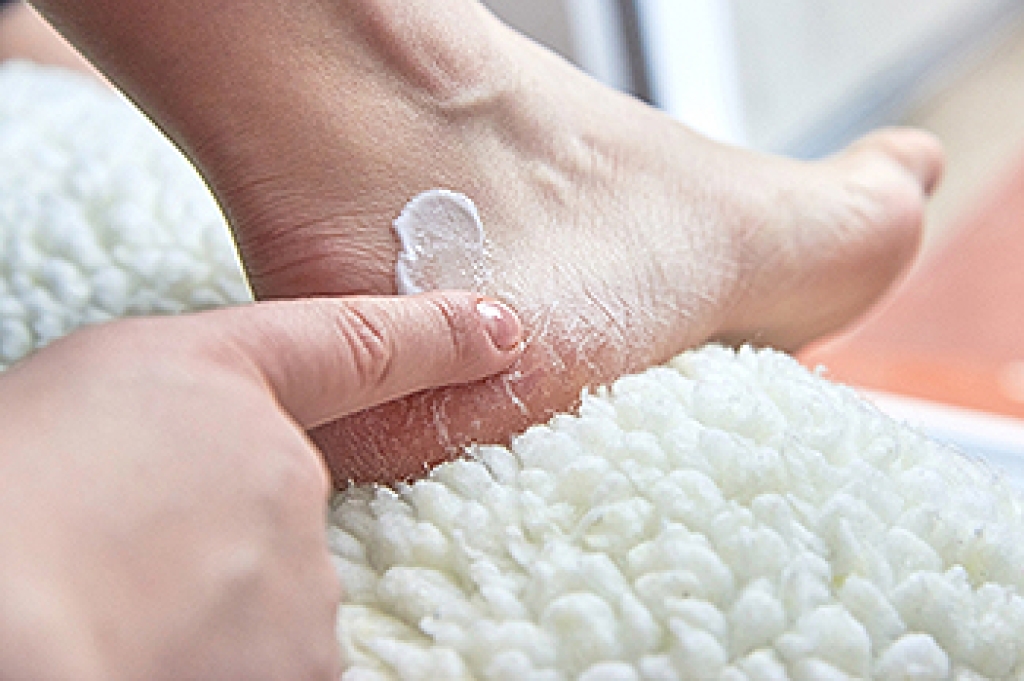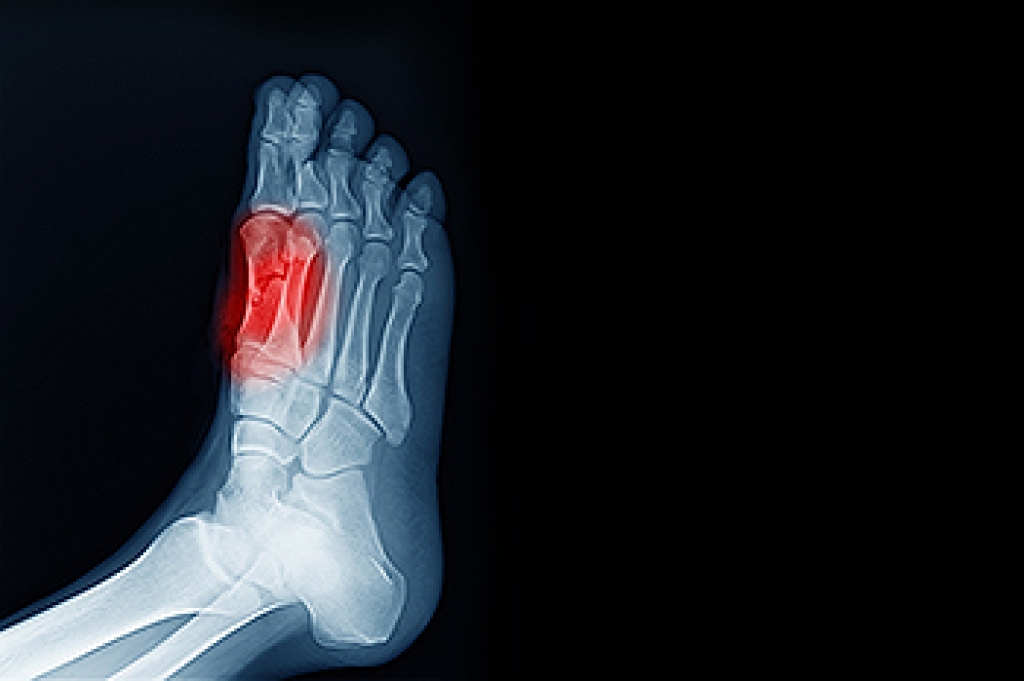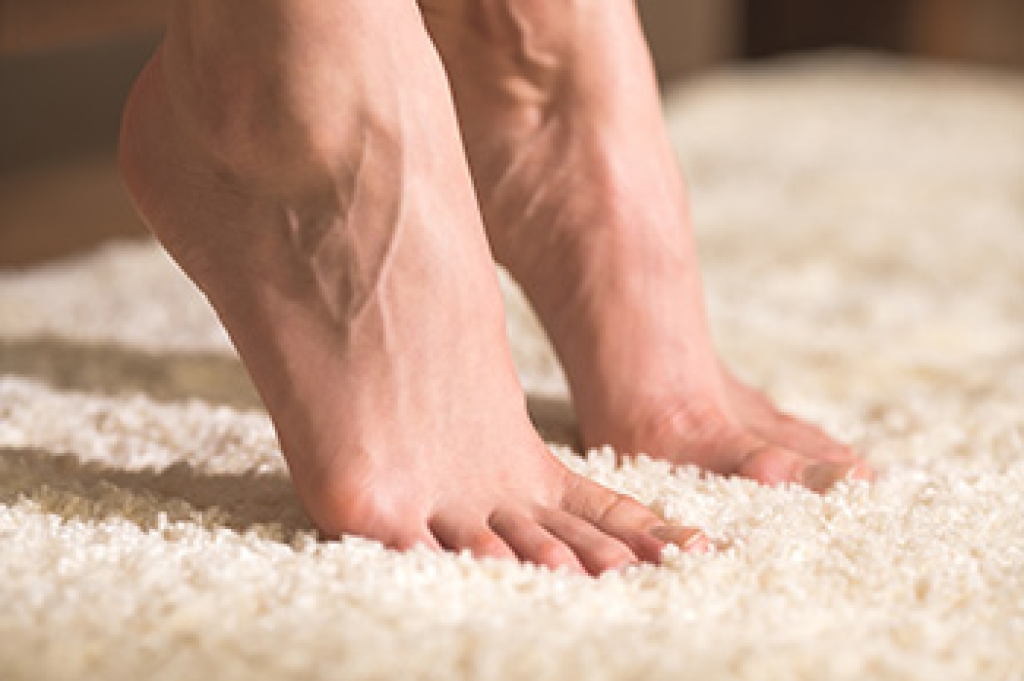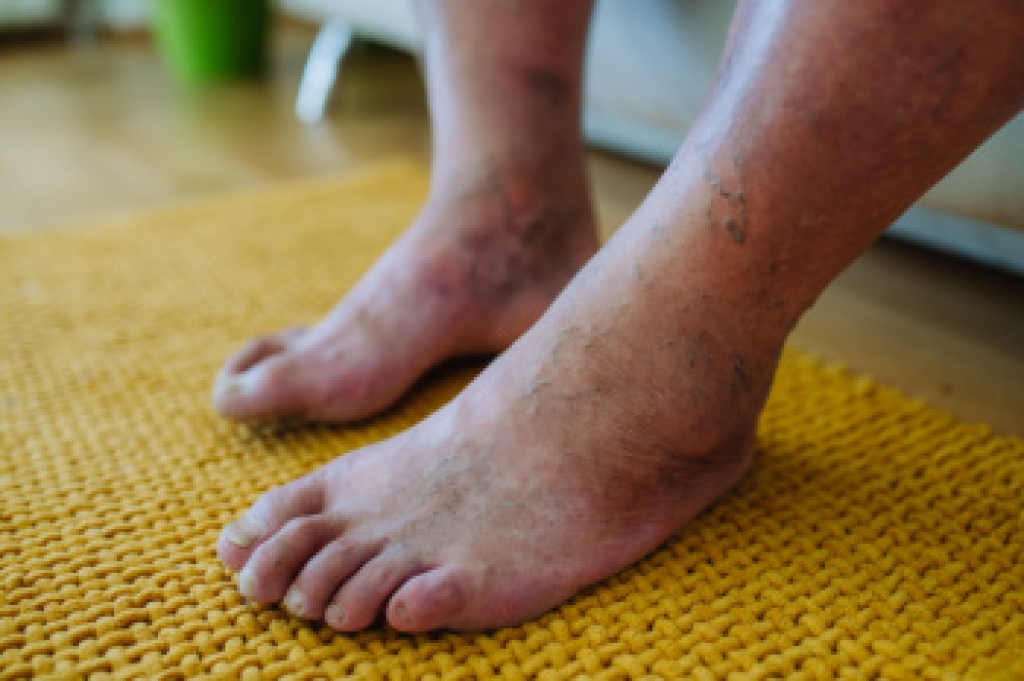
Lower limb salvage focuses on saving an at-risk leg or foot from limb loss due to severe injuries, infections, or complications from conditions like diabetes or peripheral artery disease. The goal is to restore functionality, preserve mobility, and improve quality of life while minimizing pain and complications. This task requires a multidisciplinary approach and often involves advanced techniques such as wound debridement, skin grafts, vascular procedures, and reconstructive surgery. Custom orthotics, braces, or special footwear may also be used to offload pressure and prevent further damage. Early intervention is critical, as untreated infections or poor circulation can escalate quickly. Lower limb salvage is a highly personalized process that considers each patient’s unique circumstances, focusing on long-term outcomes and independence. If you or a loved one are at risk, it is suggested that you include a podiatrist on your medical team to explore the best treatment options for preserving limb health and mobility.
Diabetic Limb Salvage
Diabetic limb salvage can be an effective way in preventing the need for limb amputation. If you have a foot ulcer and diabetes, consult with Kent DiNucci, DPM from Ankle and Foot Clinic . Our doctor will assess your condition and provide you with quality foot and ankle treatment.
What Is Diabetic Limb Salvage?
Diabetic limb salvage is the attempt of saving a limb, such as the foot, that has an infected ulcer, from amputation. Podiatrists also try to make sure that there is enough function in the foot after the salvage that it is still usable. Those with diabetes experience poor blood circulation, which prevents proper healing of an ulcer. If the ulcer is left uncheck, it could become infected, which could result in the need for amputation.
Diabetes is the number one cause of non-traumatic amputations in the United States. Amputation has been found to lead to higher mortality rates. This translates into higher healthcare costs, and a reduced quality of life and mobility for amputees. Podiatrists have attempted to increase the prevalence of limb salvage in an attempt to solve these issues.
Diagnosis and Treatment
Limb salvage teams have grown in recent years that utilize a number of different treatments to save the infected limb. This includes podiatrists that specialize in wound care, rehabilitation, orthotics, and surgery. Through a combination of these methods, limb salvage has been found to be an effective treatment for infected limbs, and as an alternative to amputation. Podiatrists will first evaluate the potential for limb salvage and determine if the limb can be saved or must be amputated.
If you have any questions, please feel free to contact our office located in Omaha, NE . We offer the newest diagnostic and treatment technologies for all your foot care needs.
